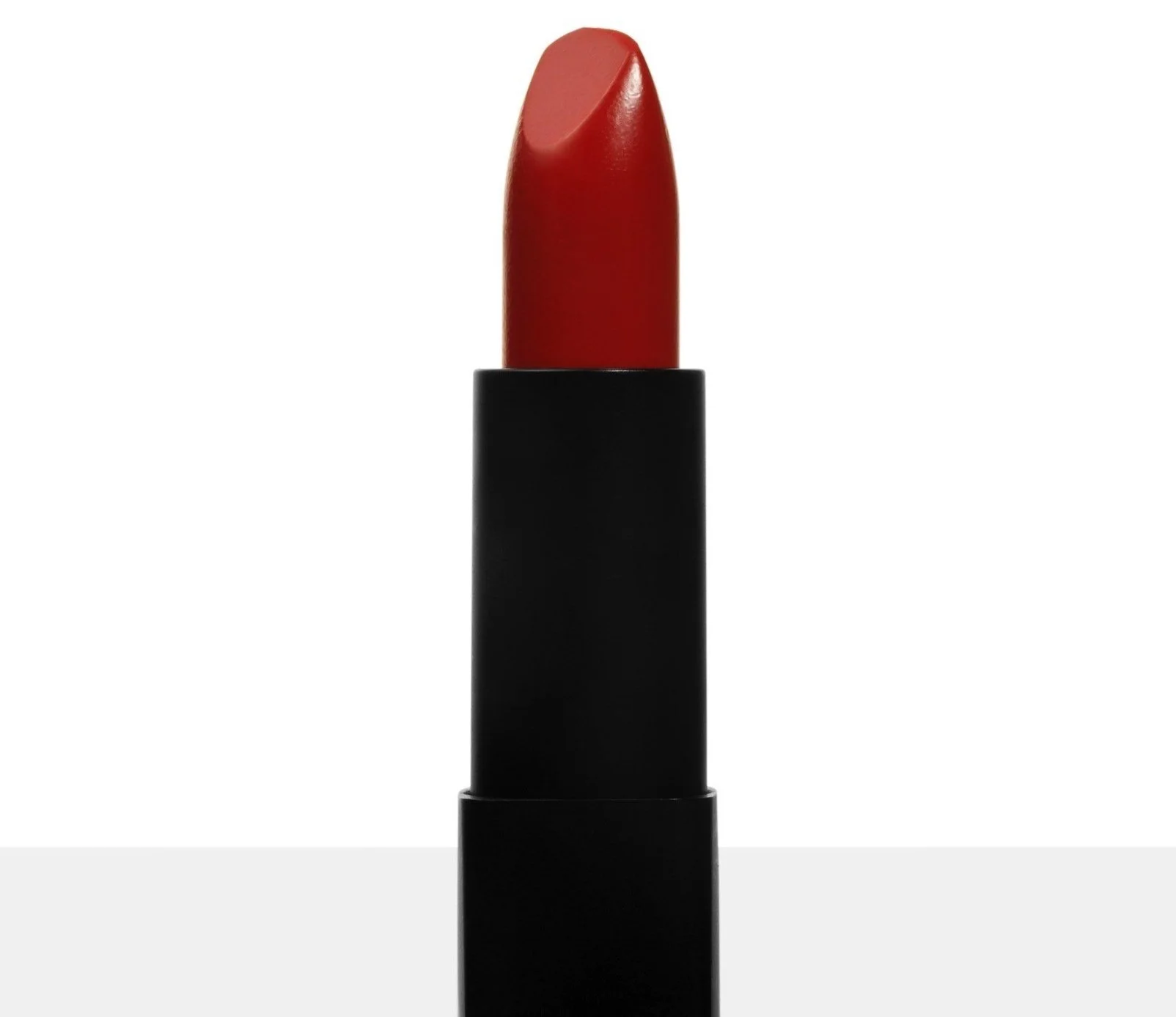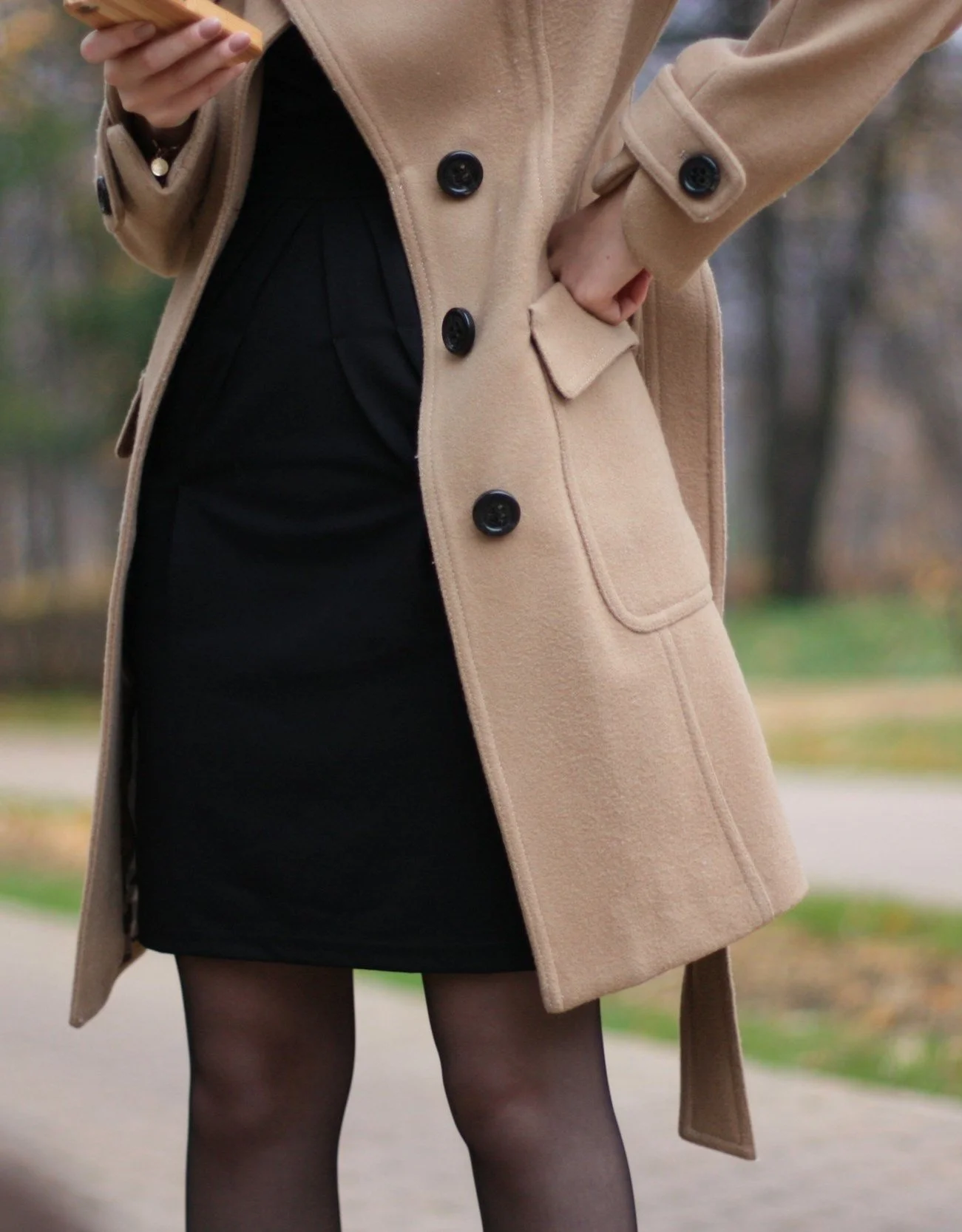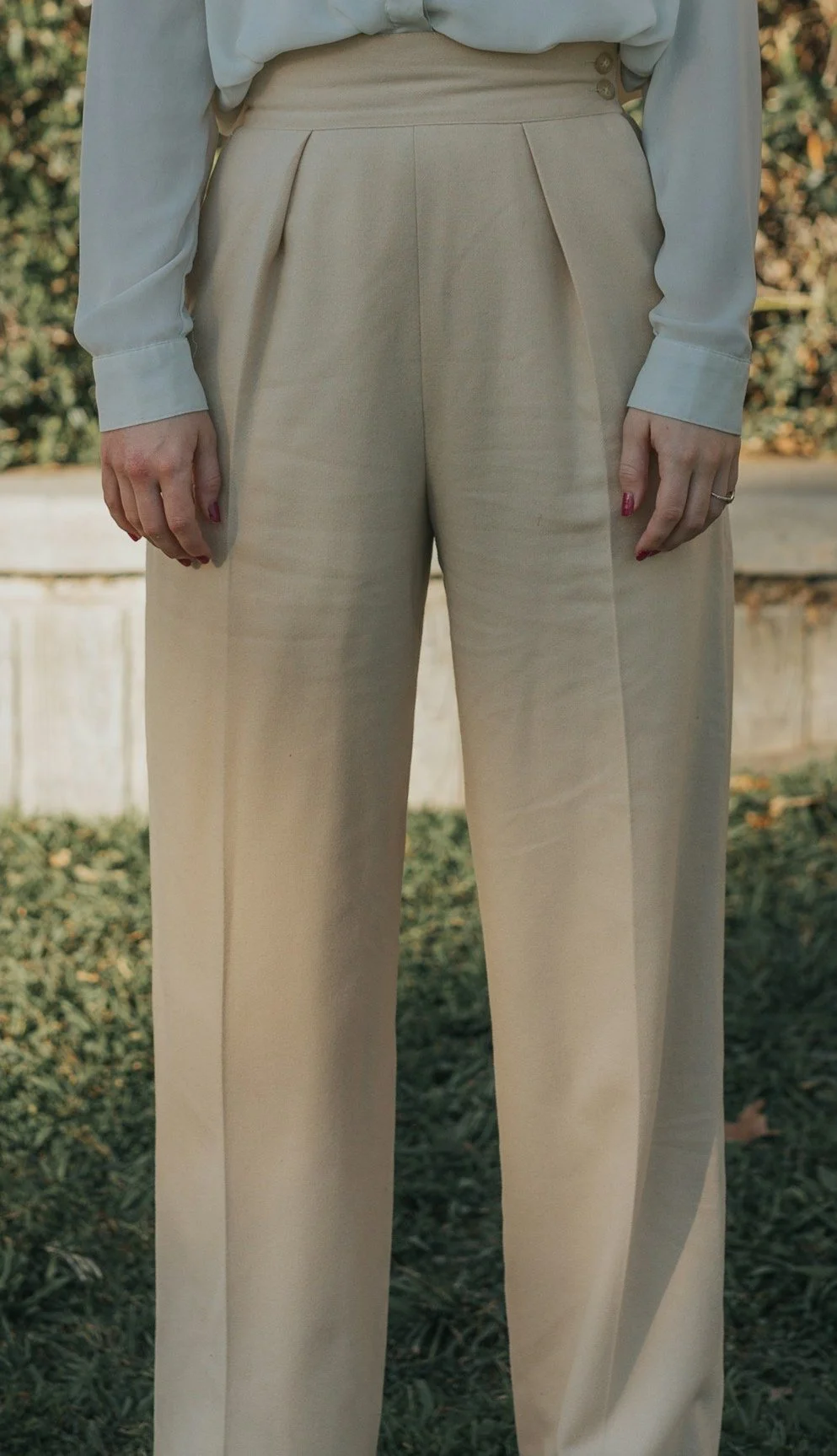The Classic Beauty
Classic Style Type
The Classic essence can embody balance, perfection, and the Ideal.
One mark of a highly Classic face: the ability to photograph well. By representing our 3D faces in 2D space, the camera can easily exaggerate feature sizes and shapes, like making noses appear more prominent than they really are.
With their refined, balanced, moderately-sized features, Classics seem more immune to photo-distortion than other types.
Classic features are evenly spaced and proportionate. On a highly Classic face, nothing appears overly large or small or close together or far apart.
So far, I haven’t found any celebrity who has only the Classic style essence—or even any celebrity who I consider dominantly Classic. I’m not sure why, and the mystery contributes to my fascination with this essence.
Classic fashion
Classics are gorgeous in simple, minimalist, very polished style.
Classic fashion commonly features a neutral palette and includes timeless pieces like structured blazers, tailored trousers, and crisp button-downs. This style is formal, understated, and elegant.
Timeless, polished makeup also flatters Classics, like a Classic red lip.
Classic faces
A face can have Classic in two distinct ways.
One way is having Classic proportions between features. This means a person’s facial features won’t appear especially far apart or close together. Faces with Classic proportions can be vertically divided into equal thirds.
A second way to have Classic is to have facial features that contain Classic. For example, a nose with Dramatic qualities—long, sharp, straight—but that appears a bit shorter than we’d expect of a Dramatic nose, but not short enough to read as Gamine, can be Dramatic Classic.
Some Classic faces have both Classic proportions and Classic facial features, while other Classic faces have only one or the other.
Classic features but not proportions
Some faces have Classic facial features but not overall Classic proportions. They don’t have evenly spaced facial features or a face that can be divided into equal thirds, but they do have at least one feature with Classic elements, like the nose example above.
Classic proportions but not features
Other faces have only Classic proportions but not Classic features. Angelina Jolie is a famous example of this. The spacing between her features is quite typical—her eyes, nose, and lips don’t appear especially close together or far apart, and her face can be divided into even thirds—but her facial features themselves are all highly unique in size or shape. She doesn’t have Classic features, but she does have Classic proportions.
Symmetry?
Symmetry is often considered a defining Classic feature, and Classic faces do tend to appear fairly symmetrical. But as explained here, symmetry alone isn’t enough for a face to have Classic.
Dominantly Classic?
Classic appears to be a fairly common essence, but most people don’t have it as their dominant essence. So if you believe you’re mostly Classic, you may want to consider if you have more of another essence than you think.
Classic blends to explore:




